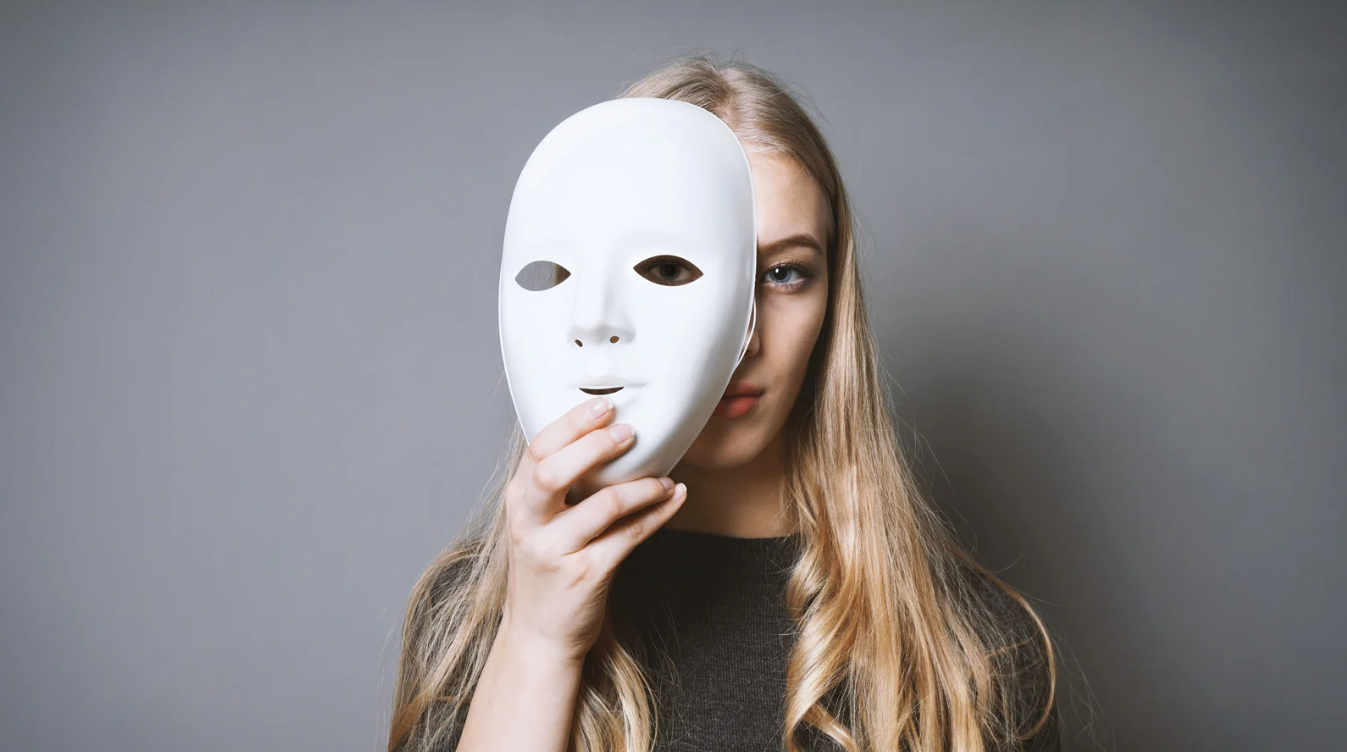What Is Masking? The Hidden Cost of Pretending to Be "Normal"
Have you ever felt like you had to hide who you are just to fit in?
Maybe you’ve rehearsed conversations in your head, forced eye contact even when it felt unnatural, or mimicked how others speak or behave — not because you wanted to, but because it felt necessary to avoid judgment.
If that sounds familiar, you might be experiencing something called masking.
What Is Masking?
Masking (also known as "social masking" or "camouflaging") is when a person consciously or unconsciously suppresses or hides their natural behavior to conform to social norms or expectations.
It's most commonly talked about in the context of autism and ADHD, but anyone — including those with anxiety, trauma, or chronic mental health conditions — can experience masking.
Why Do People Mask?
People often mask to:
Avoid bullying or criticism
Blend in with peers, colleagues, or family
Feel accepted or “pass” as neurotypical
Navigate environments that aren’t built for neurodivergent needs
It can be a survival strategy in a world that isn’t always inclusive or understanding of difference.
What Does Masking Look Like?
Masking can show up in subtle or obvious ways. Here are some common examples:
Forcing eye contact, even when it feels uncomfortable
Practicing “normal” facial expressions or tone of voice
Holding back stims (like fidgeting, tapping, or rocking)
Memorizing social scripts
Hiding sensory sensitivities
Laughing or agreeing to fit in, even when you don’t feel that way
Sometimes, people don’t even realize they’re masking — they’ve been doing it for so long, it’s become second nature.
The Cost of Masking
Masking may help people navigate society, but it often comes at a high emotional and psychological cost.
Common effects include:
Burnout
Anxiety and depression
Loss of identity (“I don’t even know who I am anymore.”)
Exhaustion after social interactions
Difficulty forming authentic relationships
In extreme cases, long-term masking can lead to mental health crises, especially when a person feels they can never safely "drop the mask."
Unmasking: What It Means to Be Your Full Self
“Unmasking” doesn’t mean abandoning all social norms or boundaries. It means creating space to be more authentically you, even if just a little at a time.
This might look like:
Allowing yourself to stim or move in a way that feels natural
Saying “no” to social situations that drain you
Letting trusted people see the real you
Advocating for accommodations at work or school
Finding communities where you don’t feel like you have to perform
Unmasking is deeply personal. For some, it’s empowering. For others, it feels risky. There’s no one right way — but you deserve spaces where you don’t have to hide.
Masking can be a useful survival tool — but it shouldn’t be a full-time job. If you find yourself constantly hiding parts of who you are, you’re not alone, and there’s nothing “wrong” with you.
You deserve to feel safe, accepted, and understood as you are — not just as who you think you need to be.
Want to learn more? You might explore topics like:
Neurodivergence and late diagnosis
Autism and masking in women or AFAB individuals
ADHD and emotional regulation
Sensory processing and overstimulation
Or talk to a AIM Counseling Services who’s experienced in neurodiversity-affirming care.

